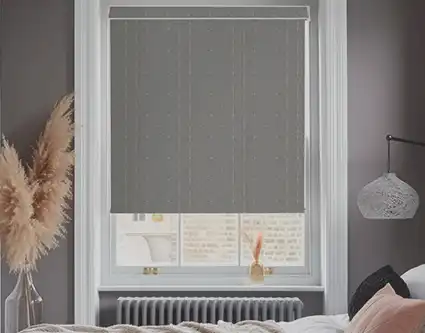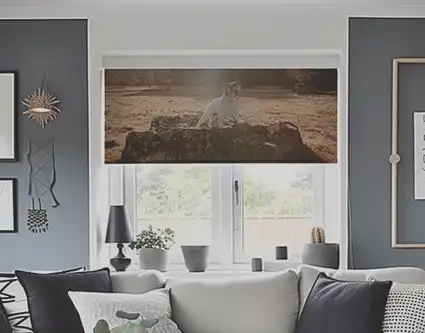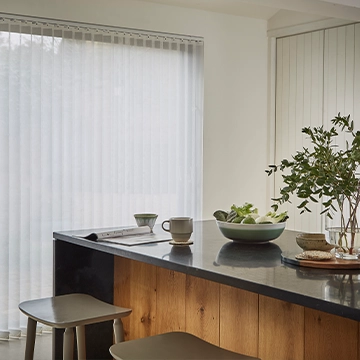Installation Tips
Installation Tips
Installing your new blinds has been designed to be an easy and straight forward process. There are a few things you need to think about though and the guide below will give you the answers to the most common issues we come across.
PDF Downloads
You can download a copy of our fitting installation guides below. Simply select the file you need and it will download right away.
Wood Venetian Blinds Install Guide
Day And Night Blinds Install Guide
No Drill Blinds Install Guide
No Drill Electric Blinds
Well done, you’ve just made your life super easy today. This type of blind is side fixed into a window recess and doesn’t require any special tools at all. The cassette at the top of the blind has rubber blocks on each end which, when your brackets are lowered into position push out against the wall to hold it in place.
No Drill Blinds Installation
Drilling considerations:
Fitting position: with the exception of our no drill blinds you can top or face fix your blinds and brackets to do either of these positions will be included with your product. Depending on your product this might be delivered as two different styles of bracket as shown below.
Or for a wood venetian blind or a roller blind without a cassette for example your bracket simply has holes on more than one side of the bracket allowing top or face fixing.
New Blog Section
Insert images here when provided
What will you fit the blind into?
To decide whether to top or face fix your blinds you should consider what you will be fitting the blind into. You want to ensure that you have a solid fixing as depending on the size of your blind it can be quite heavy.
We will send the right number of brackets needed for your blind dependant on the size of it along with some basic screws and raw plugs. Please follow the instructions included with your blind as to how to space them out.
Wood: you can screw your brackets directly into solid wood and get a good fixing. It is a good idea to drill yourself a pilot hole at a smaller diameter than the screw to help ensure that you don’t split the wood and to help the screw go in easily.
Brick or a concrete lintel: If you are fitting into brick or a concrete lintel in your home it is important to use a masonry drill bit and raw plug. The screws and plugs included should be fine for this scenario and will require a 5mm diameter hole.
A hammer setting on your drill, if it has one can help make your hole.
PVC: it is not advisable to drill into PVC if you can avoid it as this will normally invalidate any warranty you have on the window, your blind will likely block any trickle vents and your blind may then hit any handles for operating the blind.
If there is no alternative than to fit directly to the PVC for example in a conservatory we would recommend fitting a wooden baton to the window first. This will help bring the blind forward from the window itself.
Steel lintels: Most modern houses have either a steel or aluminium lintel in window recesses these days. To drill into them you should use a new HSS (High speed steel) drill bit as your first port of call. If you drill with a low torque setting and medium speed you should achieve good results. Don’t be tempted to chop your raw plug down if the lintel is being stubborn as your blind will not be securely fixed.
Another helpful tip is to start with a pilot hole when drilling into steel as this will help ensure accuracy in where your hole ends up. You can then widen the hole with your correctly sized drill bit.
If you are finding that your new / sharp HSS drill bit isn’t up to the task you can try using a tungsten carbide tipped drill bit. These can be picked up from most hardware stores.
Levelling your blind:
It is important that your blind is fitted level. This will ensure that your blind goes up and down straight and will also make it easier to install. It is therefore important to check the top of your recess for how level it is. You can simply hold a straight edge against it to see this, if there are any gaps then your recess is not square.
If you find that your recess is not perfectly level then you can add a washer or two to your brackets as required to lower the bracket as required in order to level the blind out.



























